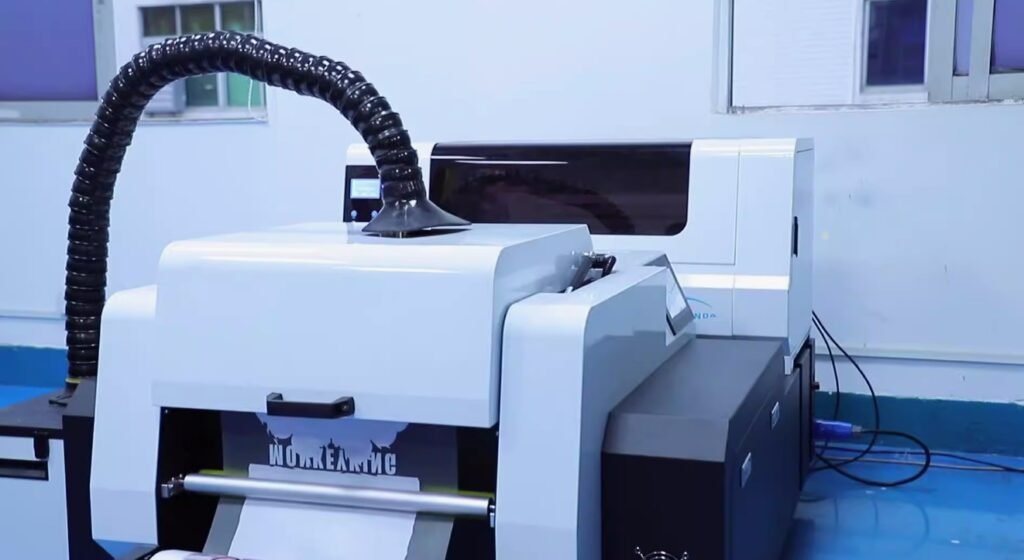Start a small printing business can be a profitable venture if you plan carefully and understand the industry. Whether you want to offer custom T-shirts, business cards, banners, or large-format prints, this guide will walk you through everything you need to know to launch and grow your printing business successfully.
Why Start a Printing Business?
The demand for printed materials remains strong despite the digital age. Businesses, schools, event organizers, and individuals still need physical prints for branding, promotions, and personal use. A printing business can be run from home, a small shop, or even as an online store, making it a flexible and scalable opportunity.
Types of Printing Businesses You Can Start
Before diving in, decide which type of printing business suits your skills and budget. Here are some popular options:
1. Digital Printing Services
Digital printing is ideal for small runs of business cards, flyers, brochures, and posters. It requires a high-quality printer and design software.
2. Screen Printing Business
Screen printing is great for custom T-shirts, hoodies, and promotional merchandise. It’s popular for bulk orders and requires screen setups, inks, and a heat press.
3. Large Format Printing
This involves printing banners, vehicle wraps, and billboards. You’ll need a wide-format printer and space to handle large materials.
4. 3D Printing Services
A more advanced option, 3D printing creates physical objects from digital designs. It’s used in prototyping, manufacturing, and custom product creation.
5. Sublimation Printing
Sublimation printing is perfect for custom mugs, phone cases, and polyester fabrics. It uses heat to transfer designs onto materials.
Steps to Start a Small Printing Business
Now that you’ve chosen your niche, follow these steps to set up your printing business properly.
1. Research Your Market
Identify your target customers—local businesses, schools, online sellers, or event planners. Check competitors to see what services they offer and at what prices.
2. Create a Business Plan
A solid business plan outlines your goals, budget, pricing, and marketing strategy. It helps secure funding and keeps you on track.
3. Choose a Business Name and Legal Structure
Pick a unique, memorable name and register your business as a sole proprietorship, LLC, or corporation. Check for trademarks and domain availability if you plan to sell online.
4. Get Necessary Licenses and Permits
Depending on your location, you may need a business license, sales tax permit, or home occupation permit. Check local regulations to stay compliant.
5. Buy Printing Equipment
Invest in the right tools based on your printing type:
- Digital Printing: High-quality laser or inkjet printers, cutting machines, and design software.
- Screen Printing: Screens, emulsion, inks, and a heat press.
- Large Format Printing: Wide-format printer and laminator.
- 3D Printing: 3D printer and filament materials.

6. Set Up Your Workspace
Whether at home or in a commercial space, ensure you have enough room for equipment, storage, and safe operations. Proper ventilation is crucial for certain printing methods.
7. Source Quality Materials
Find reliable suppliers for paper, ink, fabric, or other printing materials. Buying in bulk can reduce costs.
8. Price Your Services Competitively
Calculate your costs (materials, labor, overhead) and research competitor pricing. Offer discounts for bulk orders to attract more clients.
9. Build an Online Presence
Create a professional website showcasing your services, portfolio, and contact details. Use social media (Instagram, Facebook) to display your work and attract customers.
10. Market Your Printing Business
Effective marketing strategies include:
- Local Advertising: Flyers, business cards, and partnerships with nearby businesses.
- Online Marketing: Google Ads, Facebook Ads, and SEO for your website.
- Networking: Join local business groups and attend trade shows.
Managing and Growing Your Printing Business
Once your business is running, focus on efficiency and growth.
1. Provide Excellent Customer Service
Happy customers refer others. Deliver quality prints on time and handle complaints professionally.
2. Expand Your Services
Add complementary services like graphic design, delivery, or packaging to increase revenue.
3. Invest in Better Equipment
As you grow, upgrade to faster, more advanced printers to handle larger orders.
4. Hire Help If Needed
If orders increase, hire part-time or full-time employees for printing, design, or customer service.
5. Track Finances Closely
Use accounting software to monitor expenses, profits, and taxes. Reinvest profits wisely to grow your business.
Common Challenges in the Printing Business
Running a printing business isn’t without hurdles. Here’s how to overcome them:
1. High Initial Costs
Printing equipment can be expensive. Start small, lease machines, or buy used equipment to save money.
2. Competition
Stand out by offering unique designs, faster turnaround times, or better customer service.
3. Equipment Maintenance
Regularly clean and service printers to avoid breakdowns. Keep spare parts handy.
4. Changing Technology
Stay updated with new printing trends and techniques to remain competitive.
Final Thoughts
Starting a small printing business requires planning, investment, and hard work, but it can be highly rewarding. By choosing the right niche, investing in quality equipment, and marketing effectively, you can build a successful and sustainable printing business.
Ready to get started? Take the first step today and turn your printing passion into a profitable venture!





One thought on “From Home to Hustle: How to Start a Small Printing Business & Make Money”
Comments are closed.